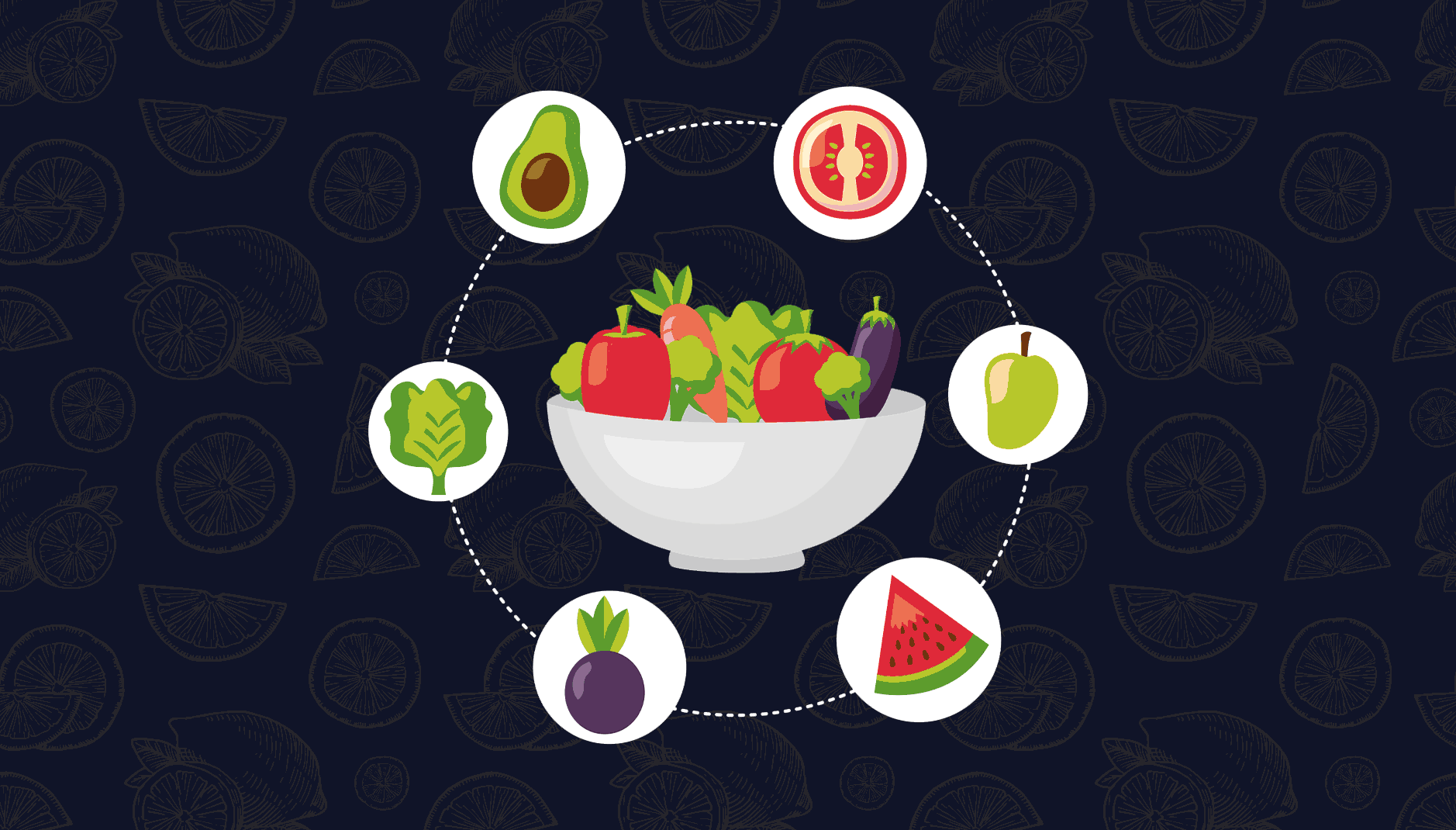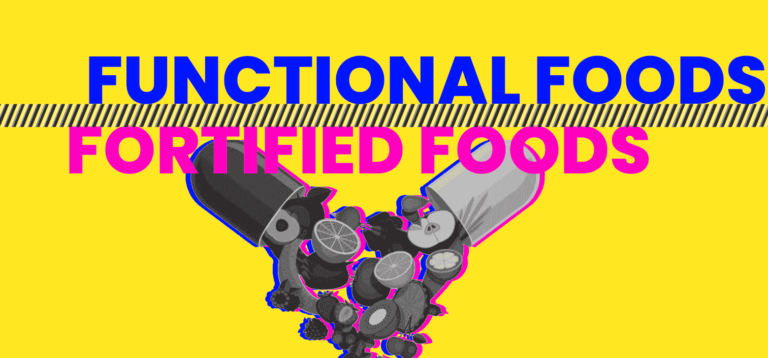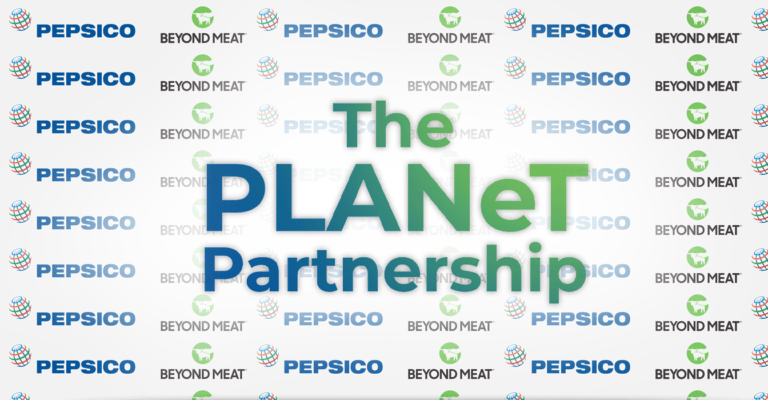Antioxidants protect cells from free radicals that occur from exposure to certain. chemicals, such as pesticides and drugs, including chemotherapy.
A food or a part of food or nutrients, that provide health benefits, including the prevention and treatment of a disease is called as nutraceuticals.
Nutraceuticals are products extracted from a plant-animal or a marine source or produced from dried, powdered, or pressed plant material and also, demonstrate to have physiological benefits or to provide protection against chronic disease (medical food news japan).
There are a large number of antioxidants in fruits, vegetables, nuts, whole grains, and also in small amounts in meat, fish, and poultry.
Oxidation is a chemical reaction that transfers electrons or hydrogen from a substance to an oxidizing agent. Above all Oxidation reaction can produce free radicles, In turn, these radicles can start a chain reaction.
Antioxidants can protect against the cell damage that free radicles cause, also known as oxidative stress.
Meanwhile, oxidative stress and exposures can result in cell damage and results,
- An excessive release of free ions or copper ions.
- In addition, activation of phagocytes, a type of white blood cells with a role in fighting infections
- Also, increase in enzymes that generate free radicles.
- A disruption of electron transport chains.
Common antioxidants are vitamins, for example, Vitamin A, Vitamin C, Vitamin E, Beta-carotene, lycopene, lutein, selenium, manganese, zeaxanthin.
Natural Antioxidants
| Antioxidant compound | Foods containing high level of these Antioxidants |
| vitamin C (ascorbic acid) | Fresh fruits and vegetables. |
| vitamin E (tocopherol, tocotrienols) | Vegetable oils. |
| Polyphenolic Antioxidants (resveterol, flavonoids) | Tea, coffee, soy, chocolate, olive oil, fruits, cinnamon, oregano and red wine. |
| Carotenoids (carotenes, lycopene, lutein) | fruits, vegetables and eggs |
Sources of Antioxidants

Vitamin A
Vitamin A is essential for growth and development, maintains healthy vision, skin, and mucous membrane, may also, aid in the prevention and treatment of cancers and in the treatment of skin disorders. In addition, These compounds appear to prevent oxidative stress in neurons and prevent apoptosis and neurological damage. They prevent damage to the liver caused by excessive alcohol.
Moreover, Carotenoids are the precursor of Vitamin A and a powerful antioxidant that helps in preventing some form of cancers and heart disease. carotenoids aids in the physical quencher of singlet and reactive oxygen species. Above all, It stops ionization of the retina caused by the blue light. Also, It has an antioxidant effect on cholesterol preventing clogging. carotenoids give color ranging from pale yellow to bright orange to deep red. Major sources of carotenoids are vegetables for example: carrots, sweet potatoes, green leafy vegetables, spinach, tomatoes, pumpkin, mango, papaya, and apricots.
Vitamin C (ascorbic acid)
Vitamin C acts as an antioxidant, it fights free radicles that cause skin aging and darkening, also increases the levels of glutathione and Vitamin E in the body. Most importantly these two are strong antioxidants as well. Vitamin C is involved in the repair of tissues and enzymatic production of certain neurotransmitters. In addition, Vitamin C protects against damage caused by harmful molecules called free radicles, toxic chemicals, and pollutants like cigarette smoke. Foods containing Vitamin C are citrus fruits, broccoli, raw bell peppers, strawberries.
Vitamin E
It is one of the strongest antioxidants found in nuts, oils, green vegetables, and whole grains. Also, It helps in preventing diseases by destroying free radicles and protecting DNA in cells from damage. Vitamin E functions within the glutathione peroxidase pathway which protects cell membranes from oxidation by reacting with lipid radicles produced during lipid peroxidation chain reaction.
in addition, Vitamin E acts as a proxy radicle scavenger, disabling the production of damaging protects lipids and prevents the oxidation of polyunsaturated fatty acids ( PUFA). It plays a role in eye and neurological functions and inhibition of platelet coagulation.
Dietary tips
- Include fruits or vegetables every time when you eat snacks or meals.
- Have a cup of green tea every day.
- Add foods with rich colors, such as kale, beets, and berries.
- Use turmeric, cinnamon, clove, ginger, cumin, oregano to add antioxidant content in your meals.
- Add nuts, seeds especially brazil nuts, sunflower seeds, dried fruits but choose them with no added salt or sugar.
List of Antioxidant-rich foods

Vitamin A: Dairy produce, eggs, and liver
Vitamin C: Most fruits and vegetables, for example, berries, oranges, and bell peppers
E Vitamin: Nuts and seeds, sunflower and other vegetable oils, and green, leafy vegetables also.
Beta-carotene: Brightly colored fruits and vegetables, such as carrots, peas, spinach, and mangoes
Lycopene: Pink and red fruits and vegetables, of course, including tomatoes and watermelon
Lutein: Green, leafy vegetables, corn, papaya, and also, oranges
Selenium: Rice, corn, wheat, and other whole grains, as well as nuts, eggs, cheese, and legumes
Other foods that are believed to be good sources of antioxidants specifically, include:
- Dark chocolate
- Blueberries
- Artichokes
- Red cabbage
- Pecans
- Strawberries
- Purple or red grapes
- Beans
- Spinach
- Kale
- Sweet potatoes
- Carrots
- Acorn squash
- Butternut squash
Mechanism of Action of Antioxidants
Alpha tocopherols (Vitamin E): Prevents the peroxidation of membrane phospholipid and also, avoids cell membrane damage through its antioxidant damage.
Ascorbic acid (Vitamin C ): Ability to scavenge free radicles and even reactive oxygen molecules.
Beta Carotene: ability to quench singlet oxygen scavenging free radicle and further, protect the cell membrane lipids from the harmful effects of oxidative degeneration.
According to study, in other words, Antioxidants acts as radicle scavenger, hydrogen donor, electron donor, peroxide decomposer, singlet oxygen quencher, an enzyme inhibitor, synergist and also, metal chelating agents.
However, researchers still need to understand the extent to which each of these foods helps people acquire higher levels of antioxidants. They also need to determine how effective each is in disease prevention.
Sources:
Bendich, A.,Machlin,L .J.,Scandurra,O., Burton,G.W., & Wayner,D.D.M (1986). The antioxidant role of vitamin C. Advances in free radicle biology & medicine,2(2),419-444.
Traber MG, Atkinson J. Vitamin E, antioxidant and nothing more. Free Radic Biol Med. 2007 Jul 1;43(1):4-15. DOI: 10.1016/j.freeradbiomed.2007.03.024. Epub 2007 Mar 31. PMID: 17561088; PMCID: PMC2040110.




Leave a Comment